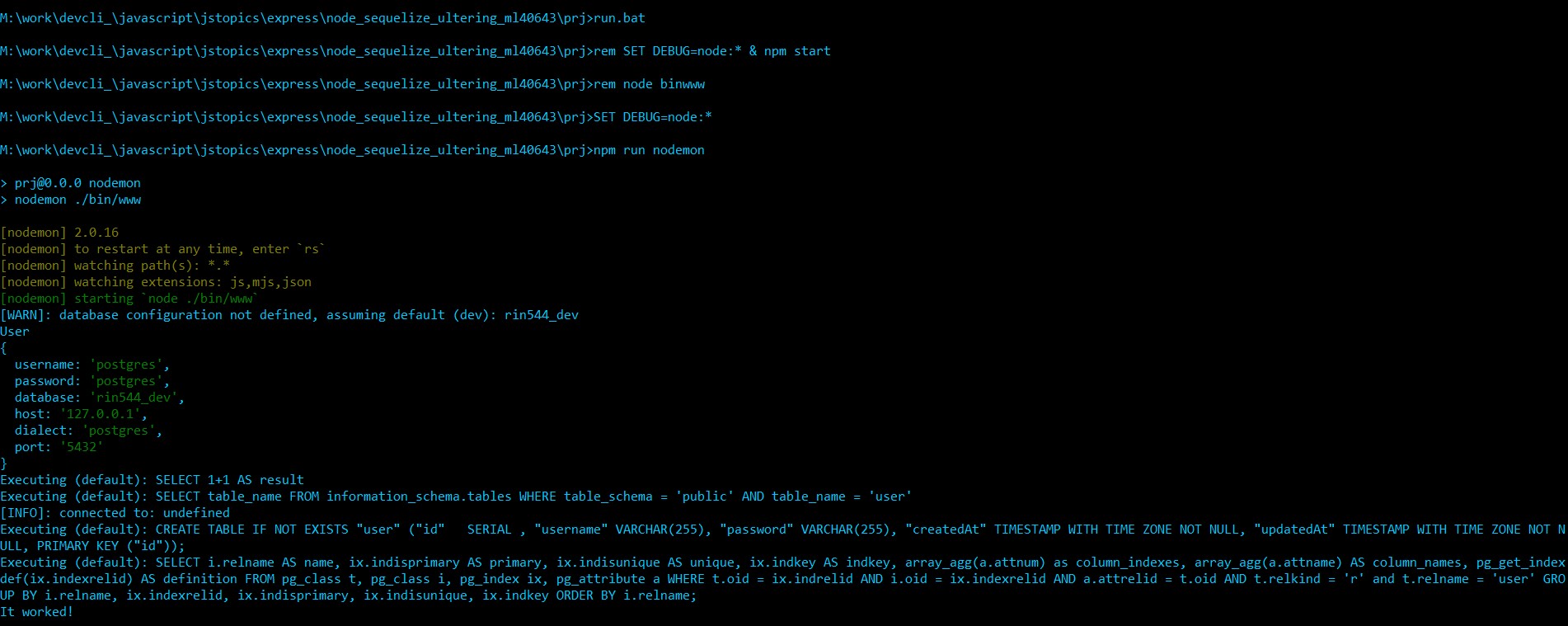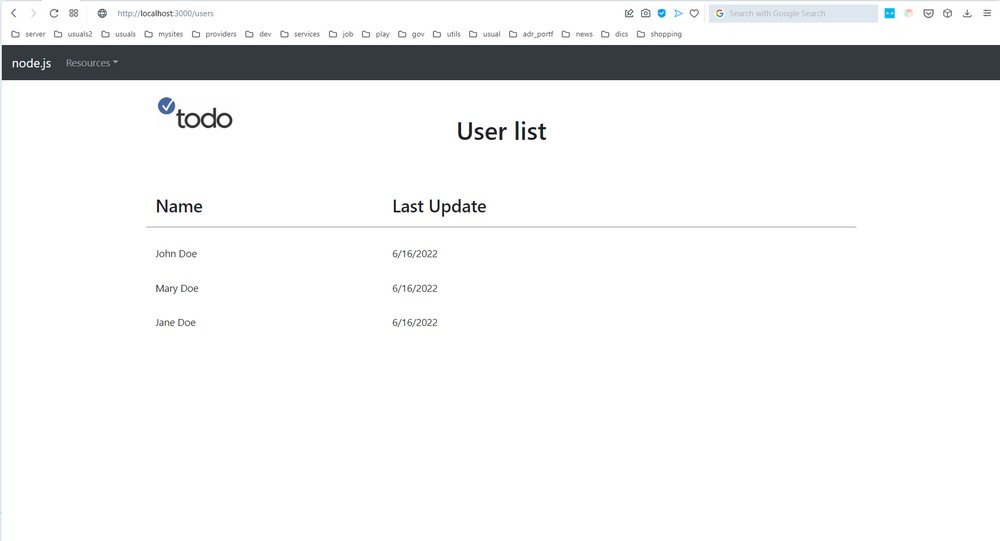Revision 2022
Table of Contents
A SEQUELIZE TUTORIAL SPLIT INTO STEPS USING Node.js 16 AND Express
This series presents a sequential tutorial evolving from the simplest approach starting from scratch that evolves to an advanced application using Node.js , Sequelize, PostgreSQL and applying advanced software engineer concepts for software development through Object-Oriented(OO) approach using MVC architecture and design patterns. From basic to advanced into 6 steps.
Project developed using Node.js version 16.
1st STEP
A fast overview including some basic operation to get the first taste of it.
Begin here to start fresh.
It shows the very basic structure to perform your first sequelize task.
The other posts evolves from this one.

2nd STEP
Creates the view using Express and Sequelize applying some design patterns concepts.
This project evolves from the 1st step where the purpose is to create the view and its persistence layers.

3rd STEP
Evolving the persistence layer implementation from the 2nd step, it implements the business layer refining the design.
Important to understand the 4th step.
4th STEP – NODE.JS: SEQUELIZE: MVC Project
The concepts seen before will be applied in a more complex use case.
The target is to apply Object-Oriented and MVC architecture concepts for a Todo site using relationship, where:
Todo 1 ——– + TodoItem
One Todo may have one or more TodoItem instances.
It will be implemented the CRUD operations (basic database operations) with ORM (Sequelize), MVC model, OO (Object-Oriented programming) and Design Patterns.
A business layer delivers the result to a view layer using CSS with Bootstrap making use of include.
Watch the video.
Brazilian system analyst graduated by UNESA (University Estácio de Sá – Rio de Janeiro). Geek by heart.